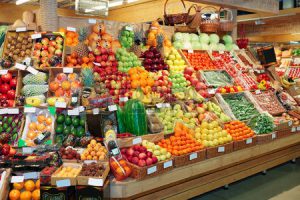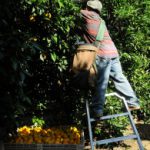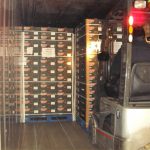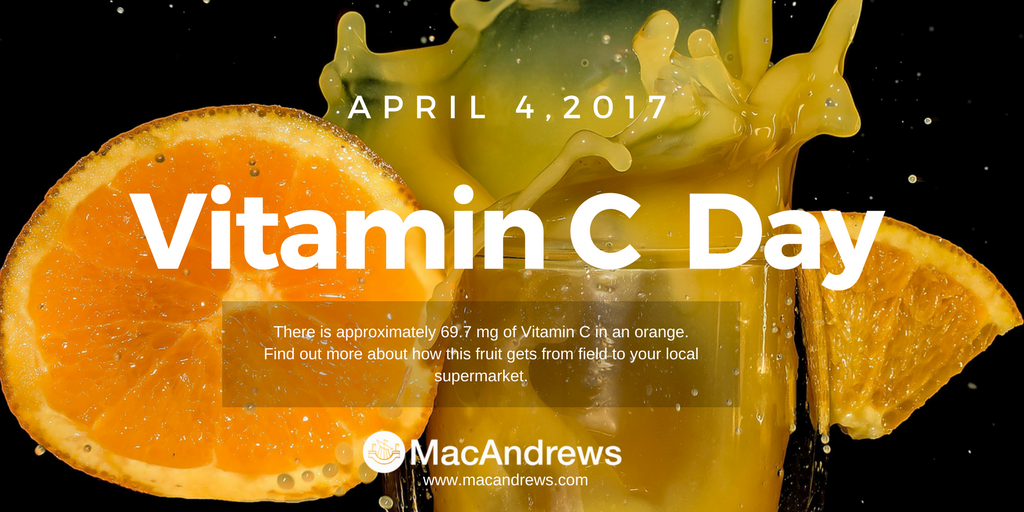On 4th of April 1932 Vitamin C was isolated for the first time in a laboratory setting. This scientific breakthrough took place in Szeged, Hungary. Normally, Vitamin C brings to mind fresh citrus fruits, but it was actually the traditional Hungarian white pepper, which was the key ingredient in this monumental discovery. The scientists from the Hungarian Laboratory of Dermatology had a supply problem and decided to test the ever-abundant paprika peppers, which proved to be a very rich source of Vitamin C.
Vitamin C works as an antioxidant, it fights free radicals and is also a “hero vitamin” that fights against the signs of ageing, as skin naturally loses this nutrient over time. Vitamin C also brightens the skin, healing the damage already done by reducing pigmentation, fading the appearance of scars and reducing inflammation. Studies have shown that this vitamin boosts the production of dermo proteins, collagen and elastin, and thus plays an important role in keeping skin supple, young and gorgeous!
In celebration of Vitamin C Discovery Day, read this article about the humble clementines and how it gets from field to shelf!

How does your citrus fruit get to the supermarket shelf? Have you ever wondered?
There’s nothing quite like the wonderful “azahar” as its called in Spain (aroma of orange blossoms) when it fills the streets of cities like Seville, Córdoba and Málaga with their sweet and heady scent. At times their perfume is even detectable from the highways that wind through endless groves of orange trees in the Mediterranean provinces of Southern Spain, where it heralds the arrival of another delectable crop of this famed citrus fruit. The journey of any citrus to from grove to shelf is an interesting one.
 The life cycle of the clementine tree starts from, the sowing of seeds. These grow into seedling plants and are usually removed and put into individual pots and then eventually on to the plantation grounds. The young seedlings start sprouting young leaves followed by orange blossoms. The average orange tree takes around 3 – 4 years to mature and be ready to harvest.
The life cycle of the clementine tree starts from, the sowing of seeds. These grow into seedling plants and are usually removed and put into individual pots and then eventually on to the plantation grounds. The young seedlings start sprouting young leaves followed by orange blossoms. The average orange tree takes around 3 – 4 years to mature and be ready to harvest.

r or truck to make its journey to a supermarket warehouse Once ready to be shipped, these are fork-lifted into pre-cooled refrigerated containers (reefers) or trucks to begin its journey of export. When arrived at it’s final destination (usually a supermarket warehouse) these are then offloaded and displayed on shelves ready to get bought by consumers.
To find out how we can help transport your fruit or any other fresh produce, get in touch with the reefer team at reeferuk@macandrews.com


